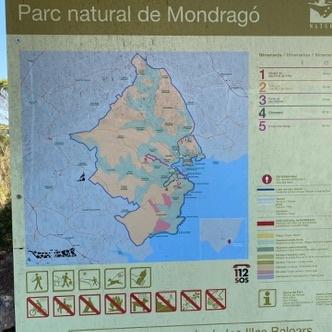What are the benefits of using drip irrigation over traditional watering methods in dry climates?
Similar Topics
drip irrigation benefits
water conservation
dry climate watering
root zone watering
soil health improvement
reduce water waste
prevent nutrient leaching
automate irrigation systems
Drip irrigation offers several significant benefits over traditional watering methods, especially in dry climates where water conservation is crucial. Unlike sprinklers or flood irrigation, which disperse water broadly and often inefficiently, drip irrigation delivers water directly to the roots of plants in a slow and controlled manner. This precision minimizes water loss due to evaporation or runoff, common problems in arid environments where high temperatures and dry winds can quickly evaporate surface water. By targeting only the root zone, drip irrigation ensures that plants receive the optimal amount of moisture needed for healthy growth without waste.
In addition to water savings, drip irrigation helps maintain soil health by preventing erosion and nutrient leaching, which are often issues with traditional watering methods. When water is applied gently and steadily at the ground level, it reduces the likelihood of soil compaction or runoff that can wash away valuable topsoil and fertilizers. This promotes better root development and overall plant resilience, which is particularly important in dry climates where plants already face environmental stress. Moreover, drip irrigation reduces the risk of fungal diseases and weed growth, as the foliage remains dry and water is not broadly applied to the surrounding soil.
From a practical standpoint, drip irrigation systems can be automated and adjusted to suit the specific watering needs of different plants, further improving efficiency and convenience. This adaptability is a considerable advantage in dry regions where water resources may be limited and seasonal variations in rainfall are common. While the initial installation of a drip irrigation system may require investment and planning, the long-term savings in water use and the increase in crop or plant health often result in lower overall maintenance costs and improved yields. In summary, drip irrigation offers a sustainable, efficient, and effective solution for watering in dry climates, enhancing both environmental and agricultural outcomes.
In addition to water savings, drip irrigation helps maintain soil health by preventing erosion and nutrient leaching, which are often issues with traditional watering methods. When water is applied gently and steadily at the ground level, it reduces the likelihood of soil compaction or runoff that can wash away valuable topsoil and fertilizers. This promotes better root development and overall plant resilience, which is particularly important in dry climates where plants already face environmental stress. Moreover, drip irrigation reduces the risk of fungal diseases and weed growth, as the foliage remains dry and water is not broadly applied to the surrounding soil.
From a practical standpoint, drip irrigation systems can be automated and adjusted to suit the specific watering needs of different plants, further improving efficiency and convenience. This adaptability is a considerable advantage in dry regions where water resources may be limited and seasonal variations in rainfall are common. While the initial installation of a drip irrigation system may require investment and planning, the long-term savings in water use and the increase in crop or plant health often result in lower overall maintenance costs and improved yields. In summary, drip irrigation offers a sustainable, efficient, and effective solution for watering in dry climates, enhancing both environmental and agricultural outcomes.
🧩 Related Questions
Related Question
How do streams originating from the Tramuntana mountains contribute to Mallorca’s freshwater ecosystem?
Related Question
How does seasonal weather affect the visibility and clarity of water in Mallorca?
Related Question
In what ways does the Mallorquí dialect differ phonetically from Catalan spoken in Barcelona?
